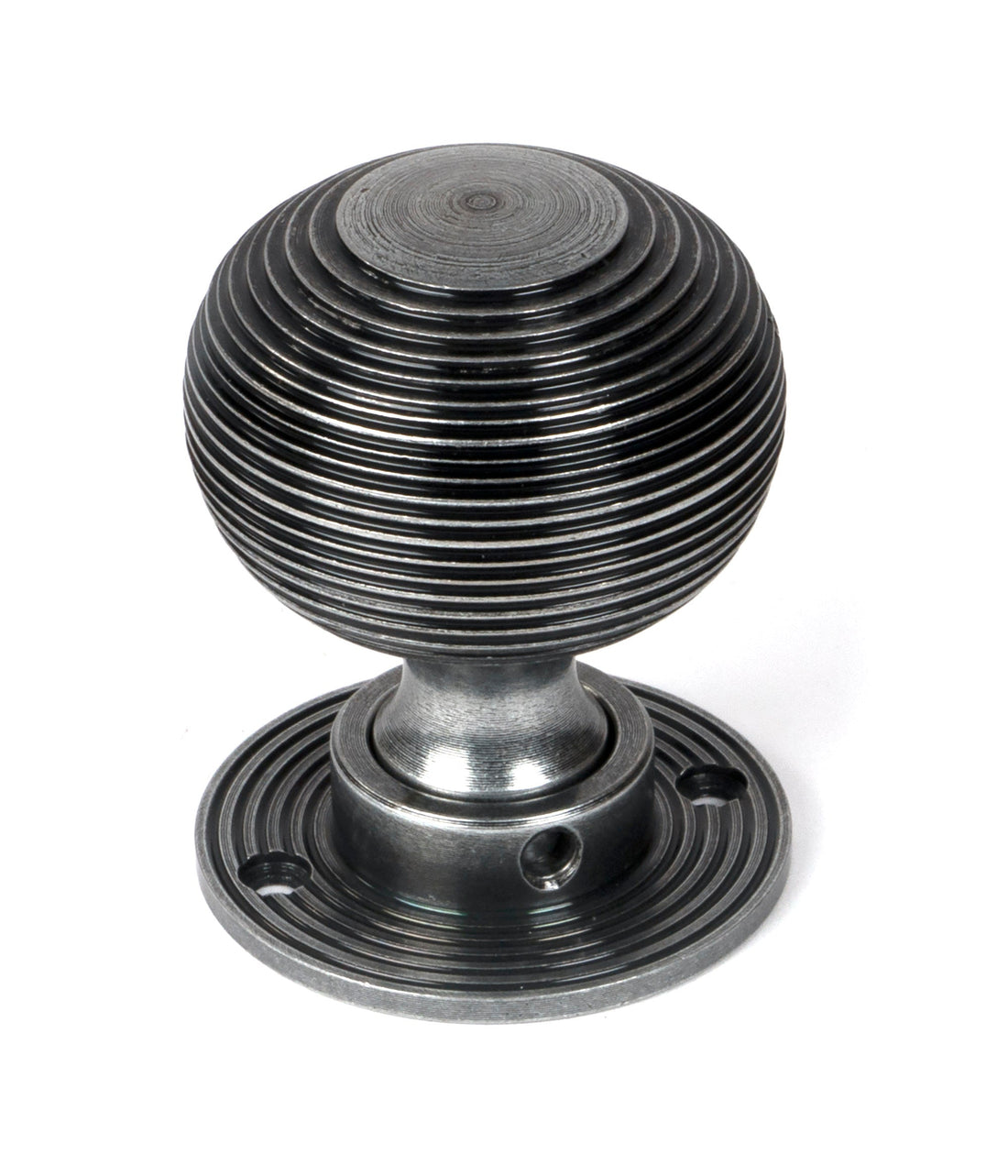
The Timeless Charm of Beehive Door Knobs: History, Style and Finishes
Share
The Timeless Charm of Beehive Door Knobs: History, Style and Finishes
When it comes to restoring or enhancing period properties, the devil is in the detail — and few details are as quietly stylish and historically rich as the humble beehive door knob. With its iconic concentric rings and classic silhouette, the beehive knob is a favourite among lovers of Georgian and Victorian design. But what exactly makes this hardware style so enduring? Let’s explore the history, style and finishes of the beehive door knob.
A Brief History of Beehive Door Knobs
The beehive design dates back to the late Georgian era (early 19th century), growing in popularity throughout the Victorian period. Originally made from materials such as ebonised wood, brass, or even ceramic, these knobs featured a series of fine, concentric rings resembling a traditional skep — the domed straw hive used in early beekeeping.
During the 19th century, industrial advancements allowed for more precise manufacturing, giving rise to increasingly detailed and uniform designs. Beehive knobs became a staple in middle- and upper-class homes, used on doors, cupboards, and occasionally even sash windows. Their symmetrical, tactile design was not only decorative but also practical, offering a comfortable grip.
Distinctive Style and Appeal
The defining feature of a beehive door knob is its grooved or reeded surface, which spirals or stacks up in a way that mimics a beehive. This texture catches the light beautifully and adds a subtle sophistication to interiors.
Beehive knobs work particularly well in:
- Period homes — complementing Georgian, Victorian and Edwardian decor
- Restoration projects — where authenticity is key
- Modern interiors — as a contrasting antique accent
Their style speaks to both form and function — with enough historic charm to fit seamlessly into heritage properties and enough minimalist appeal to work in contemporary spaces.
Available Finishes
Today’s beehive door knobs are available in a wide range of finishes to suit any interior scheme. Here are some of the most popular options:
1. Polished Brass
A classic choice — warm, bright and traditional. Ideal for faithful period restorations or adding a touch of elegance to neutral colour palettes.
2. Antique Brass
This finish offers an aged look that mimics years of use. Perfect for those seeking an authentic, time-worn appearance.
3. Polished Nickel
Cooler and more contemporary, polished nickel pairs well with both traditional and modern interiors. A refined alternative to chrome, with a softer lustre.
4. Satin Nickel
Subtle and understated, satin nickel offers a matte finish that suits minimalist or transitional interiors beautifully.
5. Black Ebonised Wood
One of the most traditional materials for beehive knobs, ebonised wood offers rich contrast and texture. A favourite in Victorian homes, often paired with brass rose plates or backplates.
6. Chrome
A sleek, modern take on the traditional shape. Chrome-finished beehive knobs add a clean, polished look, ideal for contemporary bathrooms and kitchens.
Where to Use Them
Beehive knobs are extremely versatile and can be used on:
- Interior doors
- Wardrobes and cupboards
- Bathroom and bedroom doors
- Pantries or linen presses
They are often available with matching escutcheons or backplates, giving you even more choice when it comes to finishing touches.
In Summary
Beehive door knobs offer a perfect blend of heritage and style. Whether you’re renovating a period property or simply looking to introduce a vintage accent, these knobs provide a functional yet decorative solution with a rich historical background. With a variety of finishes and enduring appeal, it’s easy to see why they remain a favourite among homeowners, interior designers and heritage enthusiasts alike.




